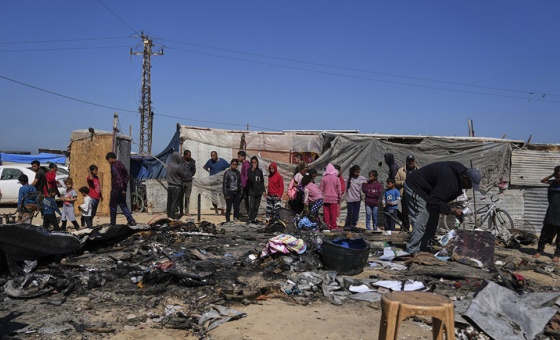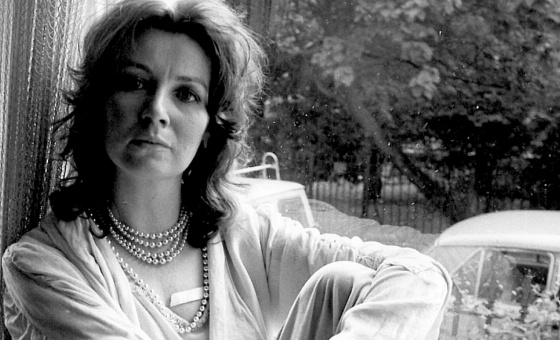This is the last article you can read this month
You can read more article this month
You can read more articles this month
Sorry your limit is up for this month
Reset on:
Please help support the Morning Star by subscribing here
THE Challenge Cup final is rugby league’s yearly chance to showcase its unique brand of sporting theatre on the big stage down south.
Since hosting its first in 1929, Wembley became the traditional home of the final and regular live coverage on BBC television since 1958 has further increased the viewing audience.
Every year, fans traipse down from the north of England to complain about the Tube and take part in one of rugby’s biggest parties.
The fixture has reflected the sport’s northern roots, as aside from Catalans Dragons in 2007 and London Broncos in 1999, the final has been contested by teams from the traditional strongholds of Lancashire, Yorkshire and Cumbria.
In a media landscape dominated by rugby league’s far removed southern cousin, rugby union, the Challenge Cup needs to provide the entertaining, competitive, athletic displays often seen in the Super League.
Aside from a weekly highlights show on the BBC, shown late at night and only in northern regions, Super League is a competition only available on pay-to-view TV.
This, coupled with minimal media coverage in the national press, makes rugby league a sport which needs to be sought out, rather than one which is presented readily to the masses in the way football, cricket and rugby union are.
When it comes to attracting new fans to the sport, the Challenge Cup’s national coverage, particularly on the BBC, heightens its importance.
The 2015 final which took place on Saturday was set up to be a classic.
Hull KR’s impressive, but unexpected, run to the final secured their underdog role and Leeds Rhinos’ domination of both league and cup gave them the part of Goliath. It’s a sporting story anyone can relate to.
The reality of the game wasn’t so romantic however, as Leeds powered clinically to a record-breaking 50-0 win.
It’s the largest winning margin in Challenge Cup final history and the five tries scored by Lance Todd Trophy winner Tom Briscoe is the highest individual haul in a final.
The one-sidedness of the game may go down as a missed chance to garner new fans but with attendances at Wembley rarely dropping below 75,000, it could be suggested that the sport doesn’t need them.
A core support in the north of England, and an army of fans who’ll travel to showpiece events regardless of whether their team is involved, means that the sport might be better off focusing further on its traditional areas.
The Super League era has seen many attempts to spread the sport, including building a franchise in London and the introduction of a French side — Catalans Dragons.
Whereas the London side eventually dropped out of the Super League, Catalans thrived thanks to a pre-existing base in the south of France, not dissimilar to those in the north of England.
The next step may be to provide more backing to a team or teams in Cumbria — one of the game’s historical areas which has been strangely neglected in recent times — but any further steps often rely on the success of the current competitions, which brings things back to the relative obscurity of the sport in the mainstream.
More coverage means more sponsorship, not to mention more money from sponsors and television, meaning more opportunities to grow.
The game might still need national exposure to help it grow locally.
As football at the top level shifts towards the middle and the upper classes, rugby league could be one of the few remaining working-class sports in the country.
A statue depicting league legends Eric Ashton, Billy Boston, Martin Offiah, Alex Murphy and Gus Risman was unveiled outside Wembley prior to Saturday’s final, acknowledging the connection with the people who’ve participated in the sport and the communities who’ve followed it throughout its history.
It also reinforced the links the sport has with Wembley, despite its geographical location away from the game’s homelands, and as efforts to spread the game continue the stadium plays as important a role in this as the competition it hosts.
It’s just a shame there aren’t more national institutions willing to give rugby league the status and coverage it deserves.





